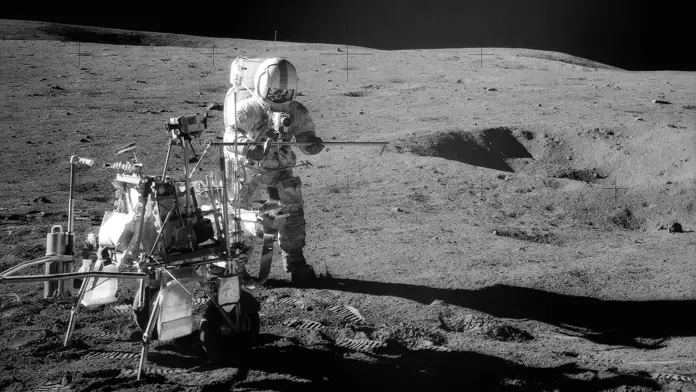The Orion spacecraft is exceeding performance expectations three days after departing Florida for the Moon.
According to NASA officials on Friday, the spacecraft will soon send humans to the Moon, the first to do so since the final Apollo mission in 1972.
The goal of this maiden test flight without a crew is to make sure the vehicle is secure. According to Artemis 1 mission head Mike Sarafin, it is performing better than expected.
According to Jim Geffre, the Orion manager at the Johnson Space Center in Houston, the spacecraft’s four solar panels, each measuring approximately 13 feet (four meters) long, are correctly deployed and are producing more energy than anticipated.
Orion is getting ready to launch the first of the mission’s four main thrusts while already being about 200,000 miles (320,000 kilometers) from Earth.
To take advantage of the Moon’s gravitational pull, this Monday morning manoeuvre will bring the spacecraft as close as 80 miles (130 kilometers) from the lunar surface.
As this will occur on the far side of the Moon, NASA anticipates losing communication with the spacecraft for around 35 minutes.
The ship will travel a record-breaking 40,000 kilometers beyond the Moon for a livable capsule.
After around 25 days of flight, it will start its return trip to Earth, with a landing in the Pacific Ocean planned for December 11.
If this mission is a success, it will set the stage for Artemis 2, which will fly astronauts around the Moon without a landing, and Artemis 3, which would eventually bring people back to the lunar surface.
Both of those missions are slated to launch in 2024 and 2025.







